AccuWeather’s team of expert meteorologists is warning people and businesses to start preparing for a frenzy of tropical activity that could have major impacts on the United States this hurricane season.
April 2, 2024 | Staff Editor
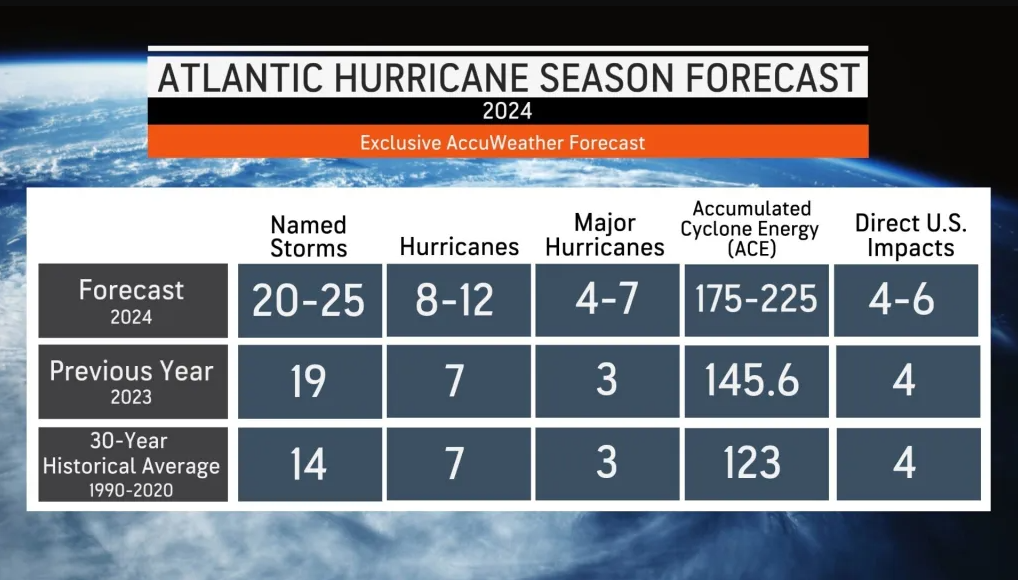
As we enter the hurricane season, AccuWeather’s team of expert meteorologists has issued a warning: brace yourselves for a potentially tumultuous ride. The 2024 Atlantic Hurricane Season Forecast is in, and the numbers are eye-opening, urging people and businesses to prepare for what could be a frenzy of tropical activity with significant impacts on the United States.
The forecast predicts a staggering 20 to 25 named storms, with 8 to 12 of them expected to strengthen into hurricanes. What’s more alarming is that 4 to 6 of these storms could directly impact the United States. This forecast, delivered by AccuWeather Lead Hurricane Forecaster Alex DaSilva, paints a picture of an exceptionally active and potentially explosive hurricane season.
What are the driving forces behind this forecast? AccuWeather meteorologists point to several factors that could contribute to a super-charged hurricane season, possibly exhausting the primary list of Atlantic storm names.
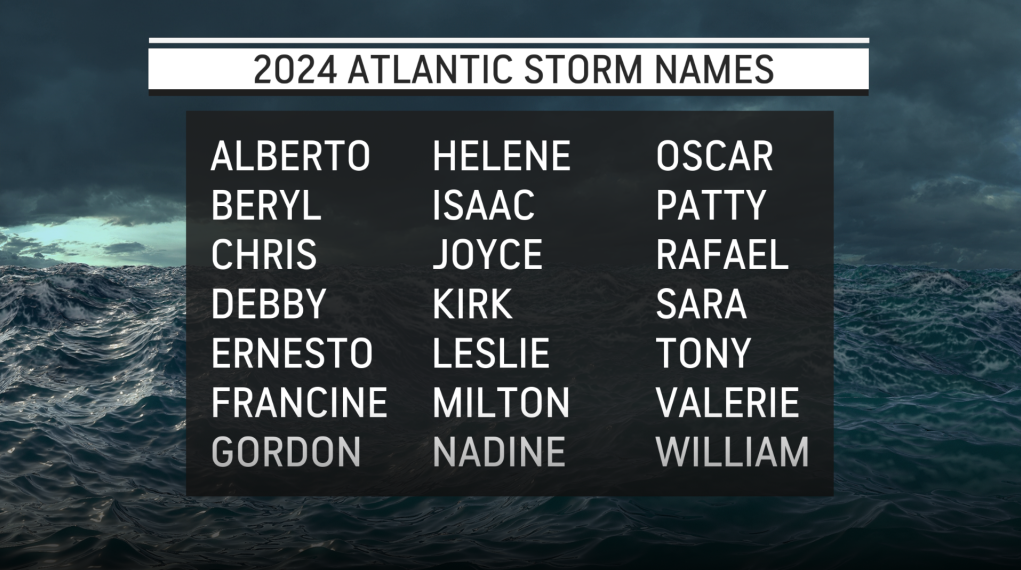
Ocean Temperatures Off The Charts
Warm water serves as fuel for tropical systems, enabling rapid intensification into powerful hurricanes. Sea-surface temperatures across the Atlantic basin, especially in regions like the Gulf of Mexico and the Caribbean, are well above historical averages. This warm water could lead to storms forming even before the official start of the hurricane season and lingering threats into November.
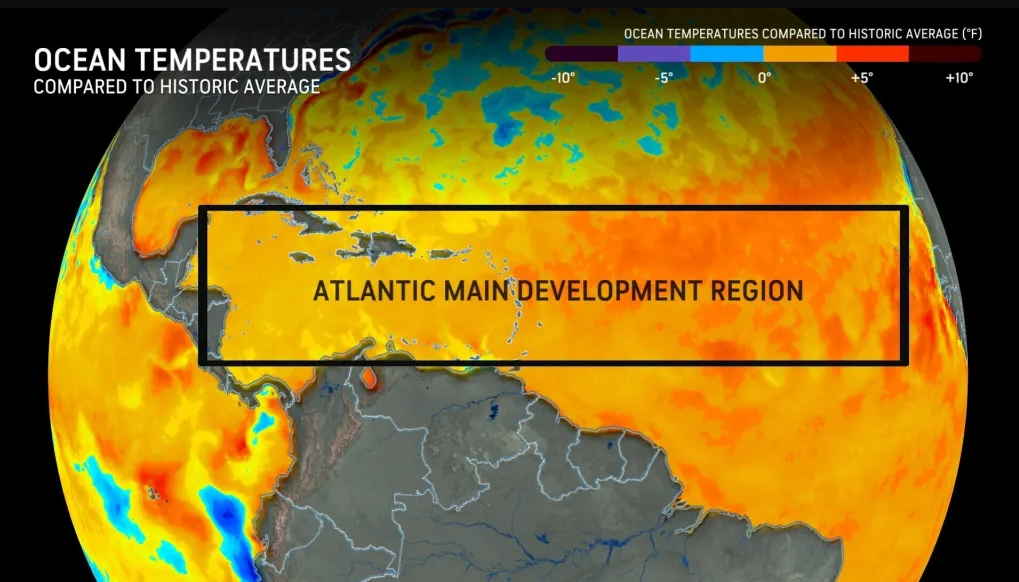
Shift from El Niño to La Niña
The transition from an El Niño pattern to a La Niña pattern in the Pacific Ocean can have significant implications for tropical activity in the Atlantic. La Niña conditions, characterized by cooler sea-surface temperatures in the eastern Pacific, often lead to favorable conditions for tropical development due to reduced wind shear.

Weather Patterns in Africa
Changes in the African easterly jet stream, influenced by La Niña, can impact tropical development. While it may initially hinder development with dry air moving off Africa, it can later lead to robust tropical waves and increased opportunities for storm formation.
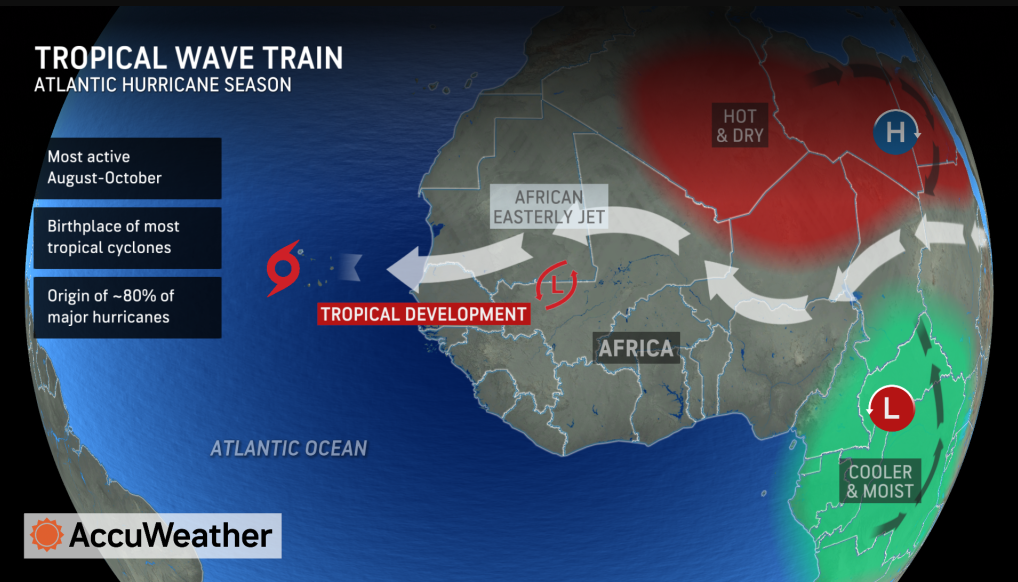
Changes in Location and Strength of Steering Winds
Variations in the Bermuda-Azores High pressure area can influence the paths of tropical systems. These changes, coupled with warmer sea-surface temperatures, can lead to re-curving storms in the western Atlantic and impacts in the Caribbean and Gulf of Mexico.
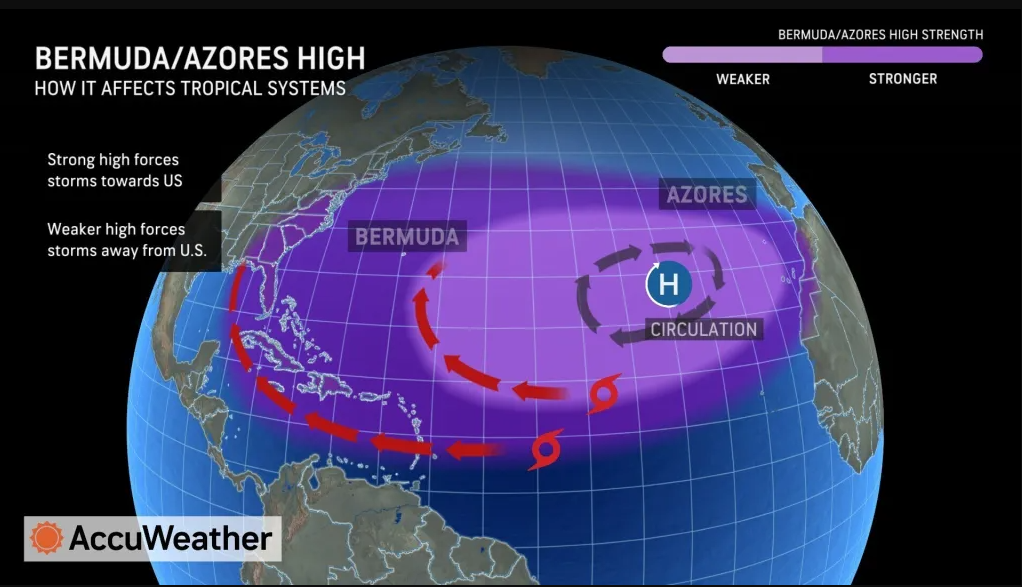
AccuWeather’s analysis indicates heightened risks for coastal areas along the Texas coast, Florida Panhandle, South Florida, and the Carolinas. The team emphasizes the importance of early preparation and planning, given the potential for storms to rapidly intensify and impact densely populated coastal regions.
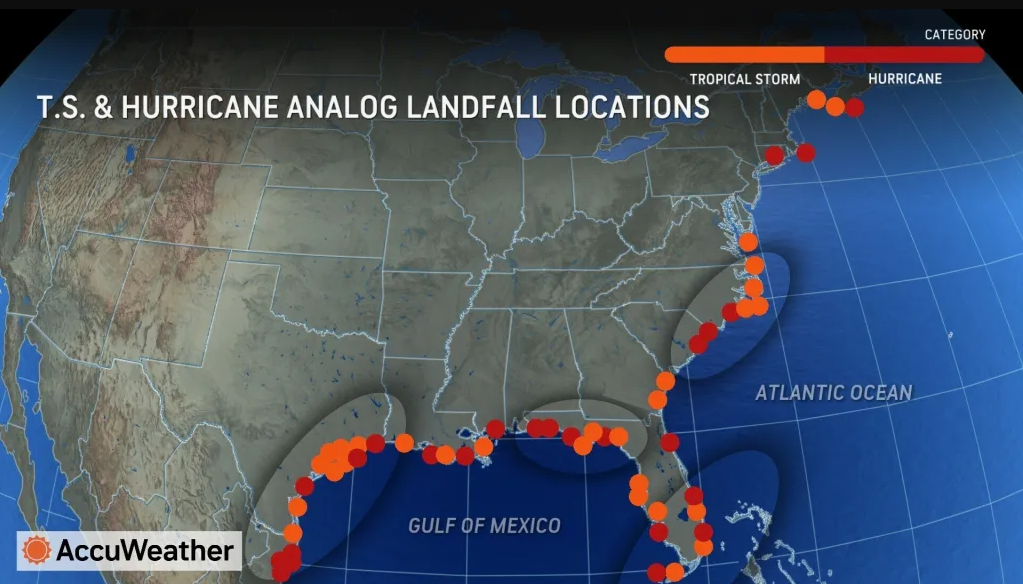
The forecasted Accumulated Cyclone Energy (ACE) of 175-225, compared to the historical average of 123, underscores the intensity and activity expected during this hurricane season. With the trend of more billion-dollar weather disasters, a super-charged hurricane season could have significant economic impacts, as seen in previous years with hurricanes like Idalia and the record-breaking 2020 season.
In conclusion, AccuWeather’s comprehensive forecast serves as a call to action for residents and businesses along the U.S. coast, urging them to have a robust hurricane plan in place and stay vigilant throughout the season. As we navigate through 2024, preparedness and resilience will be key in mitigating the potential impacts of this forecasted hurricane frenzy.
